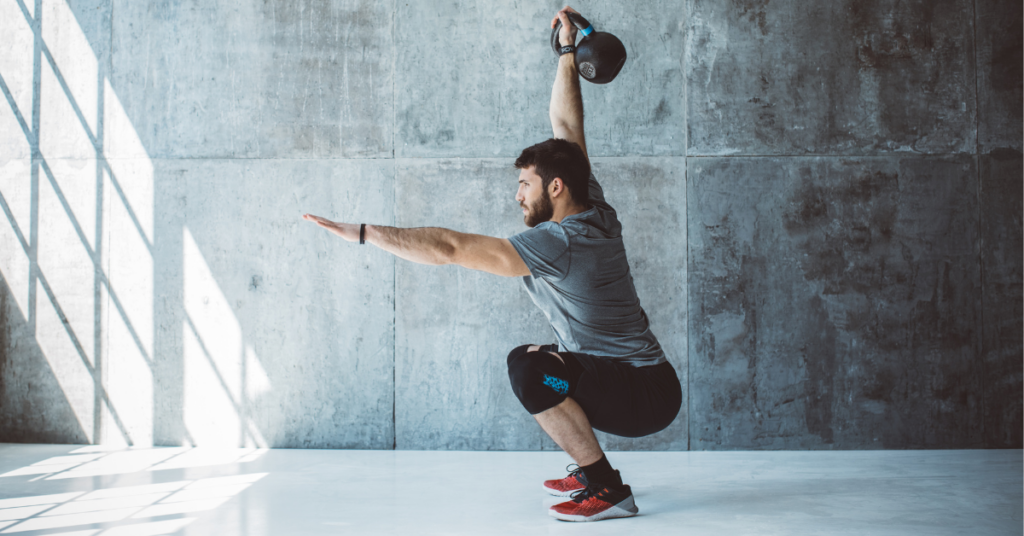As an athlete, you know that being well-rounded and versatile can be a game-changer. While focusing on your primary sport is essential, incorporating cross-training into your routine can take your performance to new heights. In this article, we will explore the benefits of cross-training, various cross-training activities, and how to incorporate them into your training regimen to enhance your athleticism and prevent injuries.
Introduction
Cross-training involves participating in activities outside of your primary sport to improve overall fitness, enhance performance, and prevent burnout or overuse injuries. By engaging in diverse physical activities, you can develop a well-rounded skill set, improve strength and conditioning, and keep your training fresh and exciting.
What is Cross-Training?
Understanding Cross-Training
Cross-training refers to the practice of incorporating different forms of physical exercise and training into your workout routine. It involves activities that complement and enhance your primary sport, targeting different muscle groups, energy systems, and movement patterns.
Benefits of Cross-Training
Cross-training offers a multitude of benefits for athletes, including improved overall fitness, increased strength and endurance, enhanced injury prevention, reduced risk of overuse injuries, improved mental resilience, and added variety to your training routine.
Cross-Training Activities for Athletes
Strength Training
Incorporating strength training into your routine helps build muscular strength, power, and stability. Focus on compound exercises such as squats, deadlifts, bench presses, and rows to target multiple muscle groups and improve overall functional strength.
Cardiovascular Exercises
Engaging in cardiovascular exercises such as running, cycling, swimming, or rowing improves cardiovascular fitness, endurance, and stamina. Choose activities that complement your primary sport and provide a different challenge to your cardiovascular system.
Flexibility and Mobility Training
Flexibility and mobility training through activities like yoga, Pilates, or dynamic stretching help improve range of motion, joint mobility, and flexibility. These activities can enhance athletic performance, prevent injuries, and aid in recovery.
High-Intensity Interval Training (HIIT)
HIIT workouts involve alternating periods of intense exercise with short recovery periods. This form of training improves cardiovascular fitness, boosts metabolism, and enhances anaerobic performance. It can be done through activities like sprinting, circuit training, or Tabata-style workouts.
Sports-Specific Skills Training
In addition to cross-training activities focused on general fitness, allocate time for sports-specific skills training. This can involve practicing specific techniques, drills, or game scenarios that directly relate to your primary sport.
How to Incorporate Cross-Training into Your Routine
Set Clear Goals
Establish clear goals for your cross-training activities. Determine what aspects of your athleticism you want to improve and tailor your cross-training accordingly. Whether it’s building strength, improving endurance, or enhancing flexibility, setting specific goals will help guide your training.
Determine the Right Balance
Strike a balance between your primary sport training and cross-training activities. Consider your training volume, intensity, and recovery needs. The goal is to complement your primary sport without overexerting yourself or risking injury from excessive training.
Schedule Appropriately
Plan your training schedule to include dedicated cross-training sessions. Allocate specific days or time slots for activities such as strength training, cardiovascular exercises, and flexibility training. This ensures that cross-training becomes an integral part of your routine.
Listen to Your Body
Pay attention to your body’s signals and adjust your cross-training activities accordingly. If you feel fatigued, sore, or overly taxed, consider scaling back or modifying your cross-training sessions to allow for adequate recovery.
Seek Guidance from Experts
Consult with coaches, trainers, or sports professionals who can provide guidance on incorporating cross-training into your routine effectively. They can help you design a personalized plan that aligns with your goals, sport-specific requirements, and individual needs.
Common Misconceptions and FAQs
Will cross-training make me weaker in my primary sport?
No, cross-training done correctly can enhance your overall athleticism and support your performance in your primary sport. It strengthens different muscle groups, improves conditioning, and prevents imbalances that can lead to injuries.
How often should I incorporate cross-training into my routine?
The frequency of cross-training depends on various factors, including your training goals, sport-specific demands, and recovery capacity. Start by incorporating one to two cross-training sessions per week and adjust based on your needs and schedule.
Can I cross-train even if I am injured?
Cross-training can be an excellent way to maintain fitness and stay active while recovering from an injury. However, it’s essential to consult with a healthcare professional or sports therapist to determine which activities are safe and appropriate for your specific injury.
Is cross-training suitable for professional athletes?
Yes, cross-training is beneficial for professional athletes as well. It helps prevent overuse injuries, enhances overall fitness, and provides a mental break from the demands of the primary sport. Professional athletes often incorporate cross-training into their training routines.
Can cross-training help prevent overuse injuries?
Yes, cross-training plays a crucial role in injury prevention by reducing the repetitive stress on specific muscle groups and joints. Engaging in a variety of activities helps to balance workload and minimize the risk of overuse injuries.
Conclusion
Cross-training is a valuable tool for athletes seeking to improve their overall athleticism, enhance performance, and prevent injuries. By incorporating a variety of activities that complement your primary sport, you can build strength, improve cardiovascular fitness, enhance flexibility, and develop a well-rounded skill set. Remember to set goals, find the right balance, schedule appropriately, listen to your body, and seek guidance when needed. With a well-planned cross-training routine, you can become a more versatile and resilient athlete.
So, lace up your running shoes, grab your yoga mat, and dive into the world of cross-training. Your body and performance will thank you!
Frequently Asked Questions (FAQs)
- Will cross-training make me lose focus on my primary sport?
- No, cross-training enhances your overall athleticism and can actually improve your performance in your primary sport by addressing different aspects of fitness and preventing burnout.
- Can I do the same cross-training activities every day?
- It’s best to incorporate a variety of cross-training activities to avoid overuse injuries and promote balanced development. Mix up your workouts to target different muscle groups and energy systems.
- Is cross-training only for professional athletes or can recreational athletes benefit too?
- Cross-training benefits athletes of all levels, including recreational athletes. It improves fitness, prevents injuries, and adds variety to your training routine.
- Can I replace my sport-specific training with cross-training?
- While cross-training is valuable, it should complement, not replace, your sport-specific training. Maintain a balance between sport-specific skill development and cross-training activities.
- Can I cross-train even if I don’t participate in a specific sport?
- Absolutely! Cross-training is for anyone looking to improve their fitness and overall health. Choose activities that align with your interests and goals, such as strength training, cardio exercises, or flexibility workouts.
Disclaimer: When it comes to training techniques, always seek professional guidance and advice from sports and/or medical professionals who will be in a position to better address specific concerns or issues related to your individual situation. In no event shall we be liable for any direct, indirect, incidental, special, or consequential damages arising out of or in connection with your use of this website or the content provided herein.







